The Broad is one of my favorite museums in Los Angeles. The contemporary art museum in Downtown Los Angeles is named for philanthropists Eli and Edythe Broad and houses the Broad art collections in cool honeycomb structure designed by architects Diller Scofidio + Renfro.
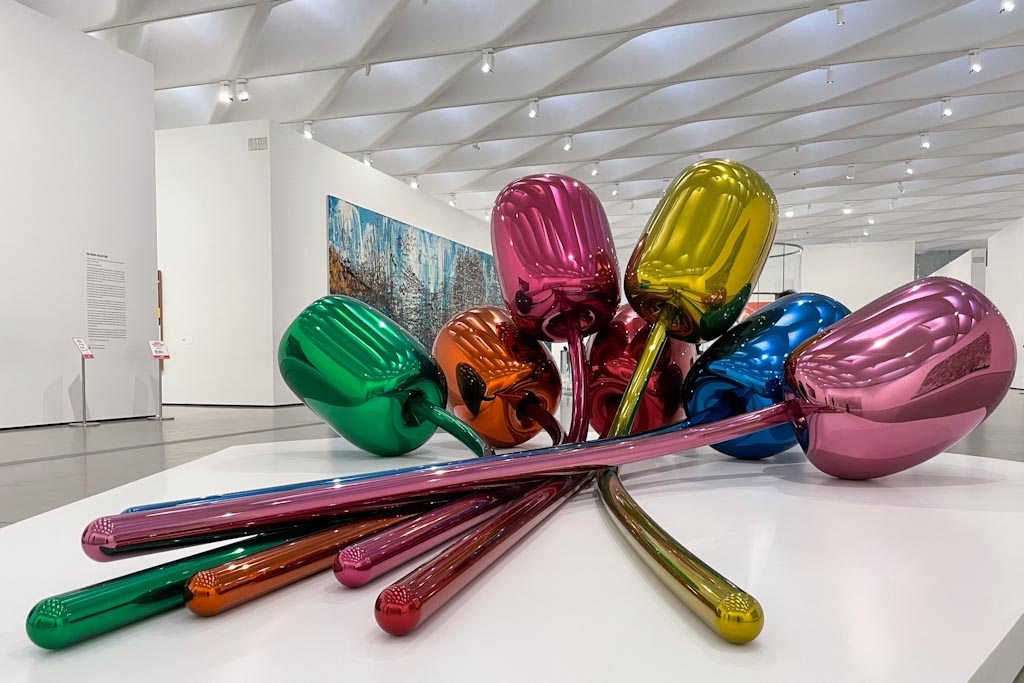
The Broad has a huge collection of contemporary art featuring works by 200 artists, ranging from the 1950s to the present day and includes works by Jeff Koons, Andy Warhol, Basquiat, Ed Ruscha, Roy Lichtenstein, Yayoi Kusama, Ragnar Kjartansson, and the largest collection of Cindy Sherman works. There are 127 Cindy Sherman photographs in the Broad collection, the largest holding of her work in the world mentions the museum.
We always make time to visit the BROAD Museum anytime we are in Los Angeles. Broad offers free general admission to its permanent collection galleries. Here are a few highlights and a few favorites that tugged at my heart while on a Museum Walk at The BROAD LA. Photos are from 2 trips to Los Angeles.
As you take the elevator to the 3rd floor, it is hard to miss the the Bouquet of Tulips and The Blue Balloon Dog by Jeff Koon.
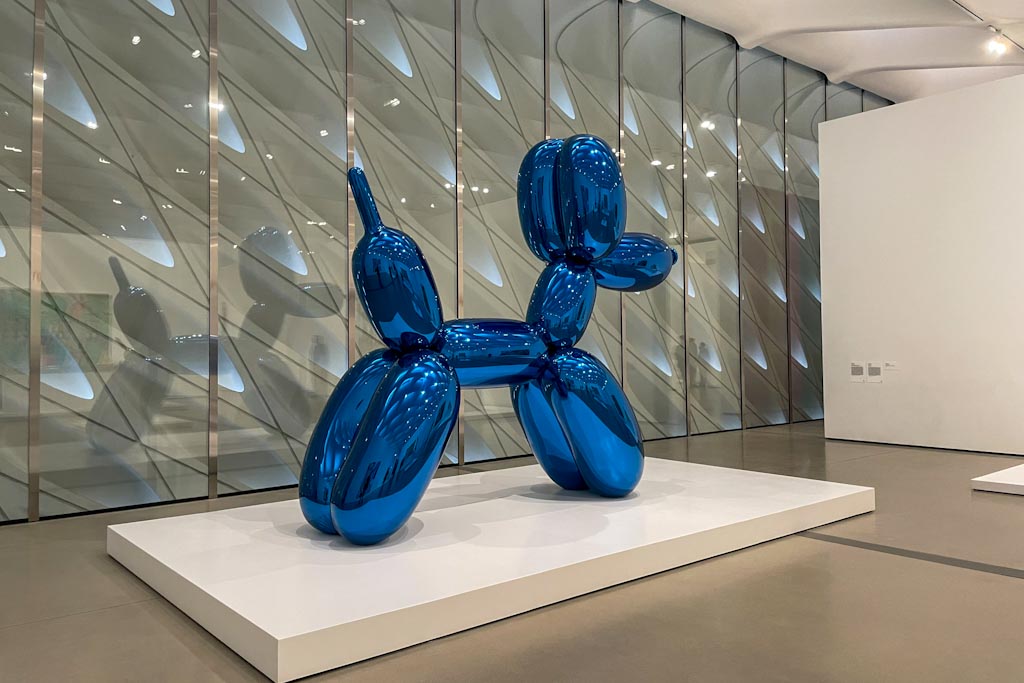
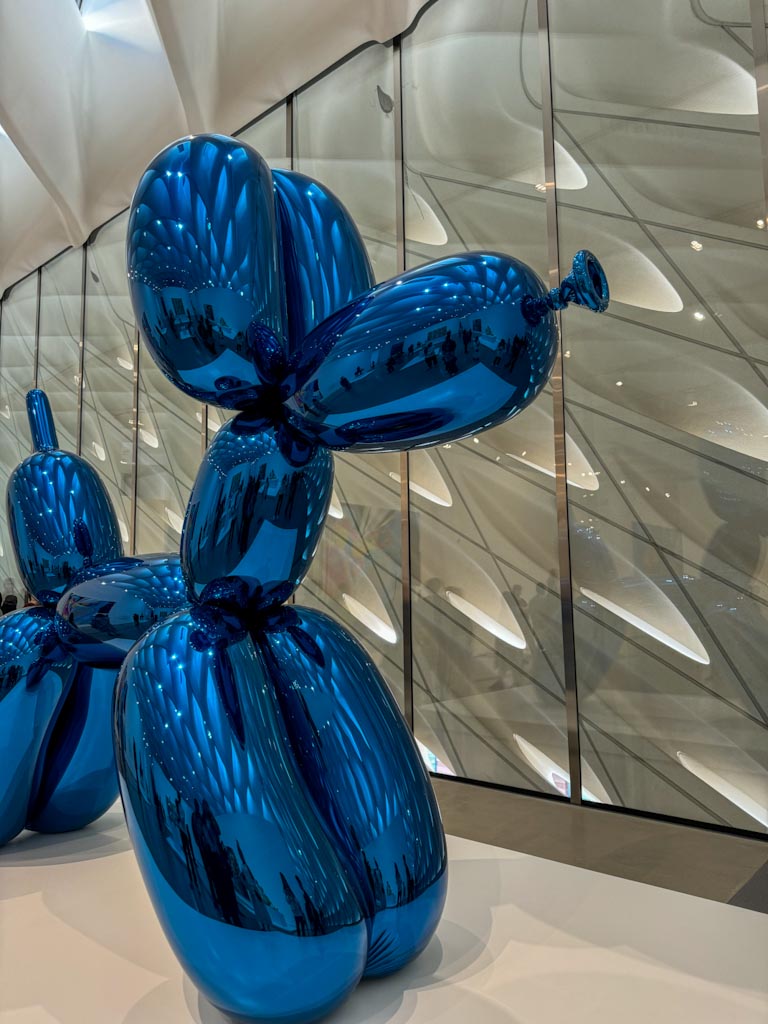
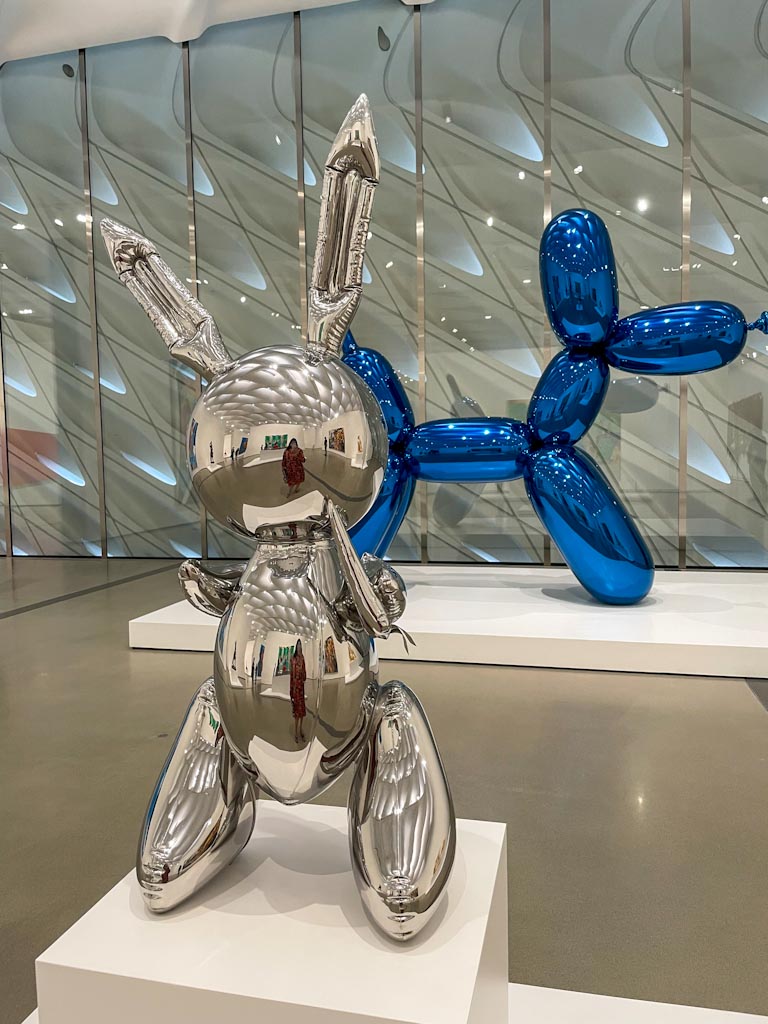

WHAT IS IN THIS POST
Yayoi Kusama at the Broad Museum
The Broad museum also has two of Yayoi Kusama’s immersive works: Infinity Mirrored Room – The Souls of Millions of Light Years Away (advance reservations required) and Longing for Eternity, on the third floor that you can just peek into! We didn’t have reservation for the very popular but we have seen it in Denmark at the Louisiana Museum.
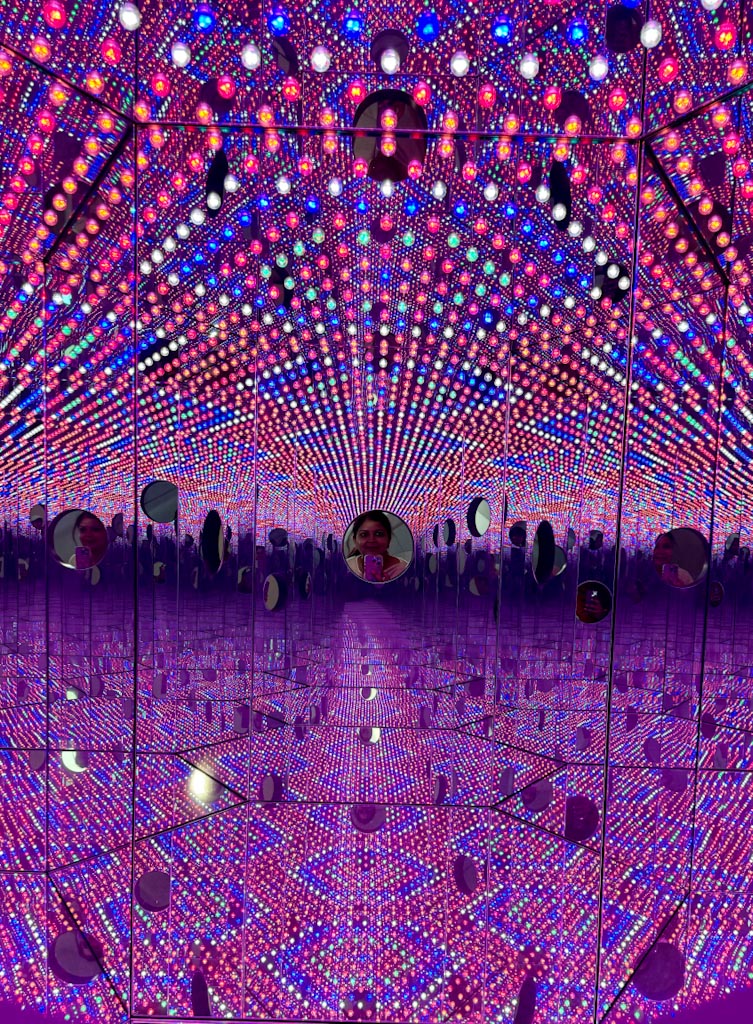
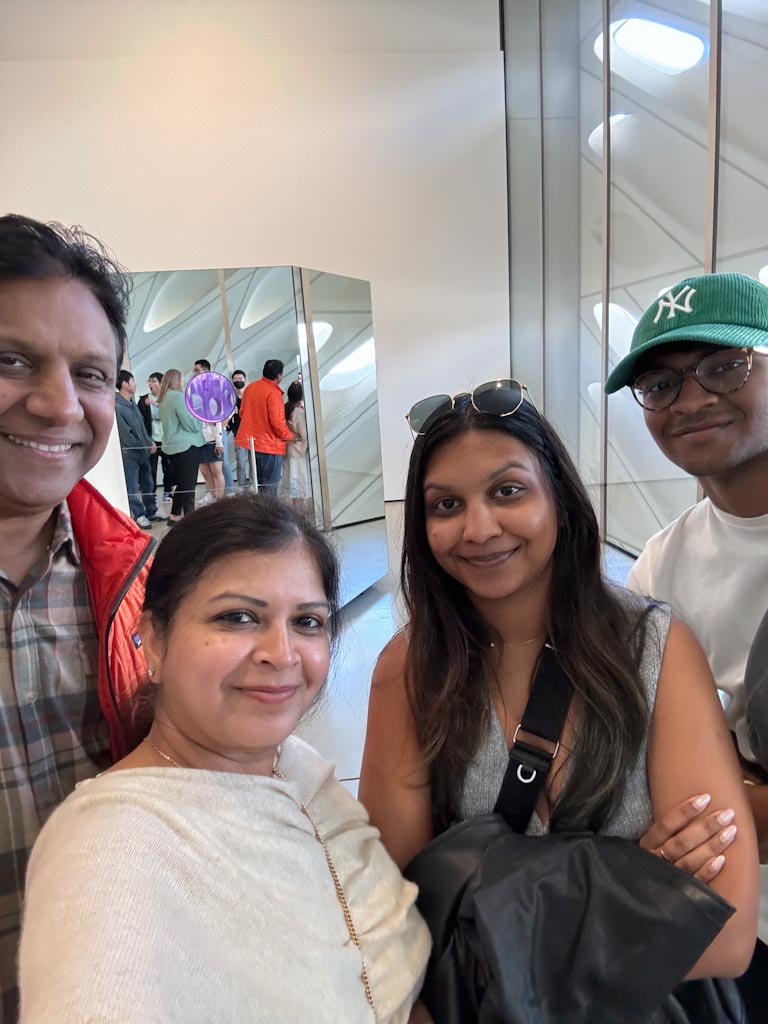
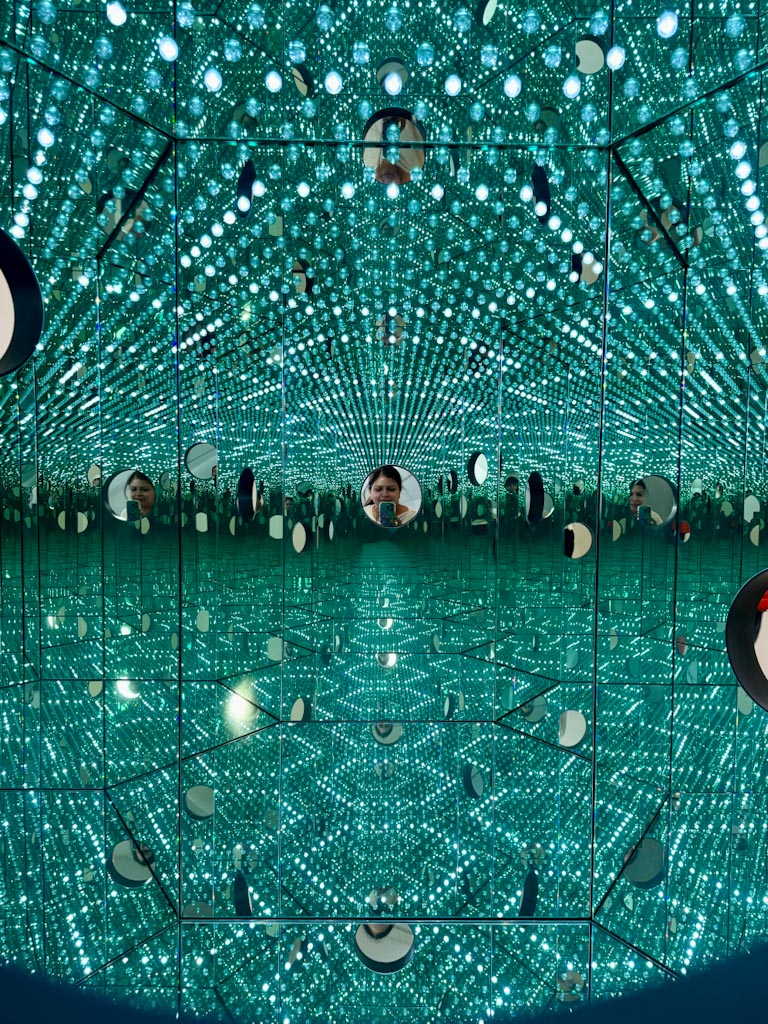
Jean-Michel Basquiat
The Broad Museum has a huge collection of works by Jean-Michel Basquiat. Most images in Basquiat’s works have double and triple meanings, some of which the artist discussed and others that he left undefined, remaining open to viewers’ interpretations.
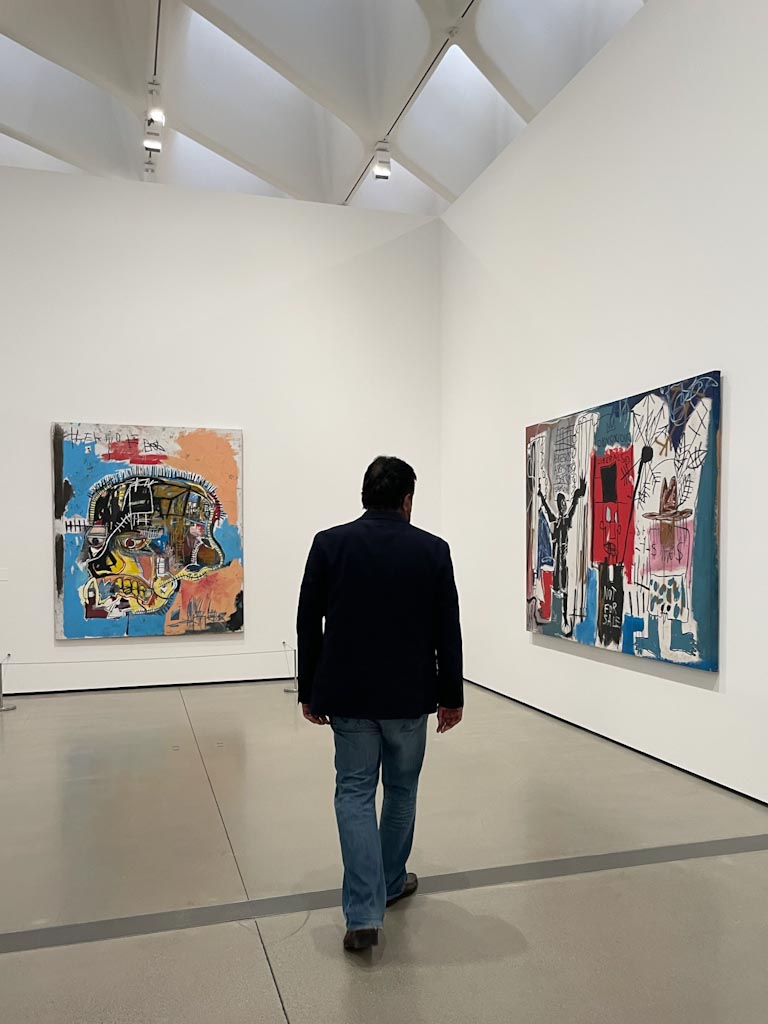
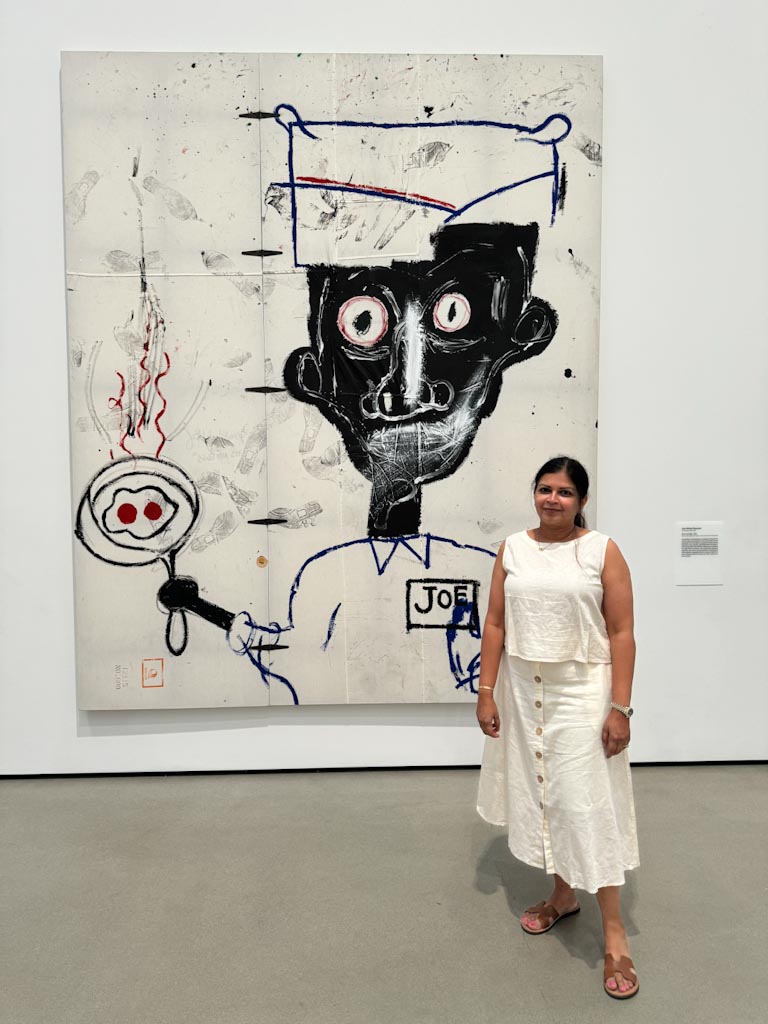
Andy Warhol
Early works of Andy Warhol were painted by hand, the images often traced from projection in order to appear as if mechanically produced. By 1962 Warhol began to create silkscreen prints, the medium he is best known for. Warhol drew on themes of celebrity, death, disaster, and commodity, often read as metaphor for American culture. In his celebrity portraits and self-portraits, some see religious icons as inspiration.
At The Broad Museum you can see Warhol’s LIZ, Flowers, Mao, A self portrait, Two Marilyns and more.
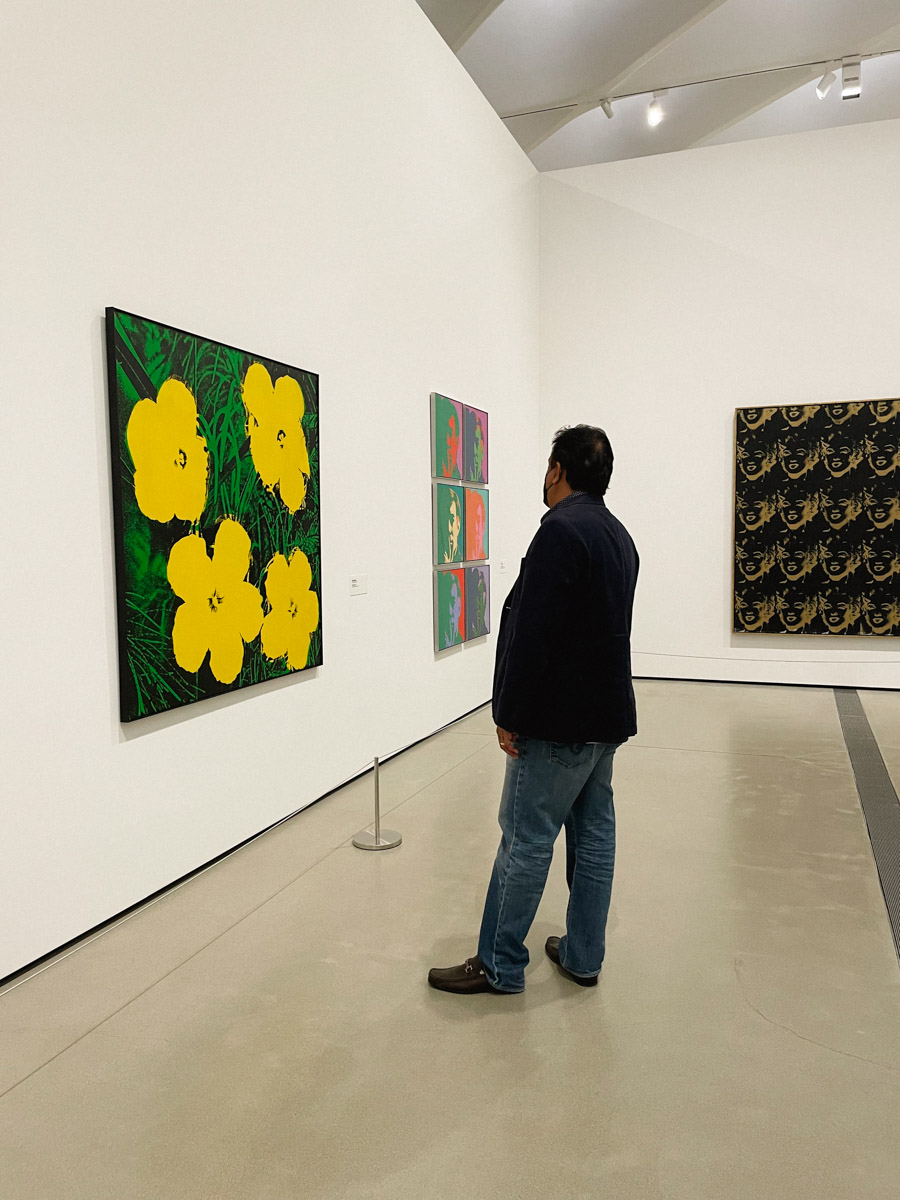
A few more from the Broad Collection of Contemporary Art
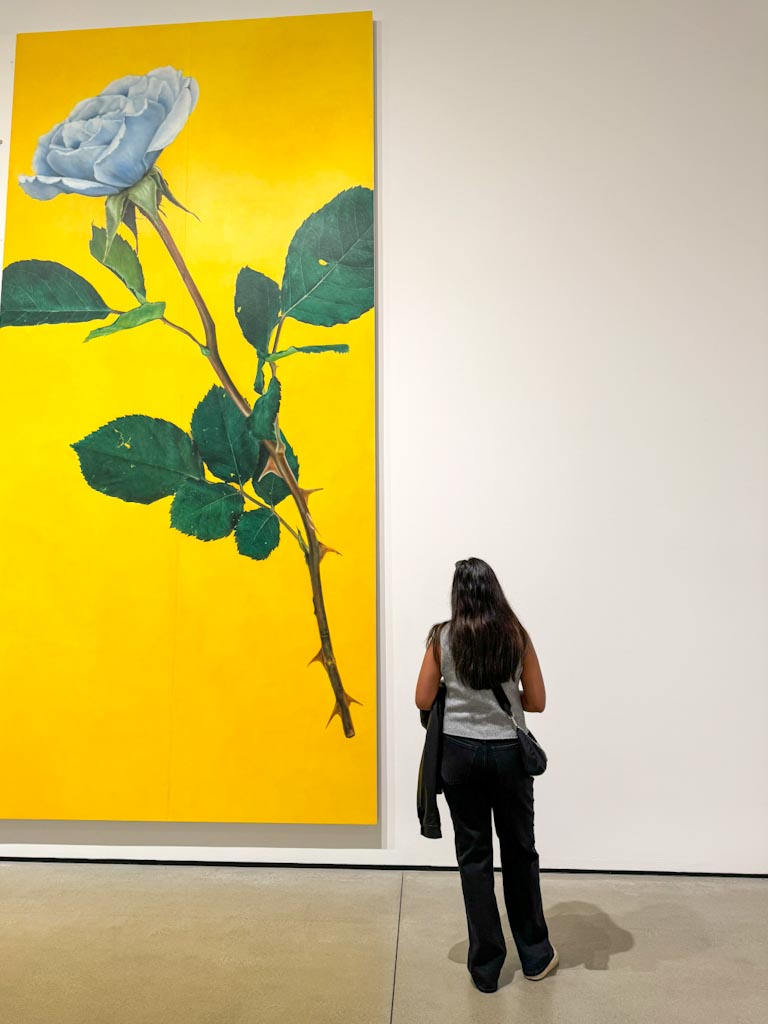
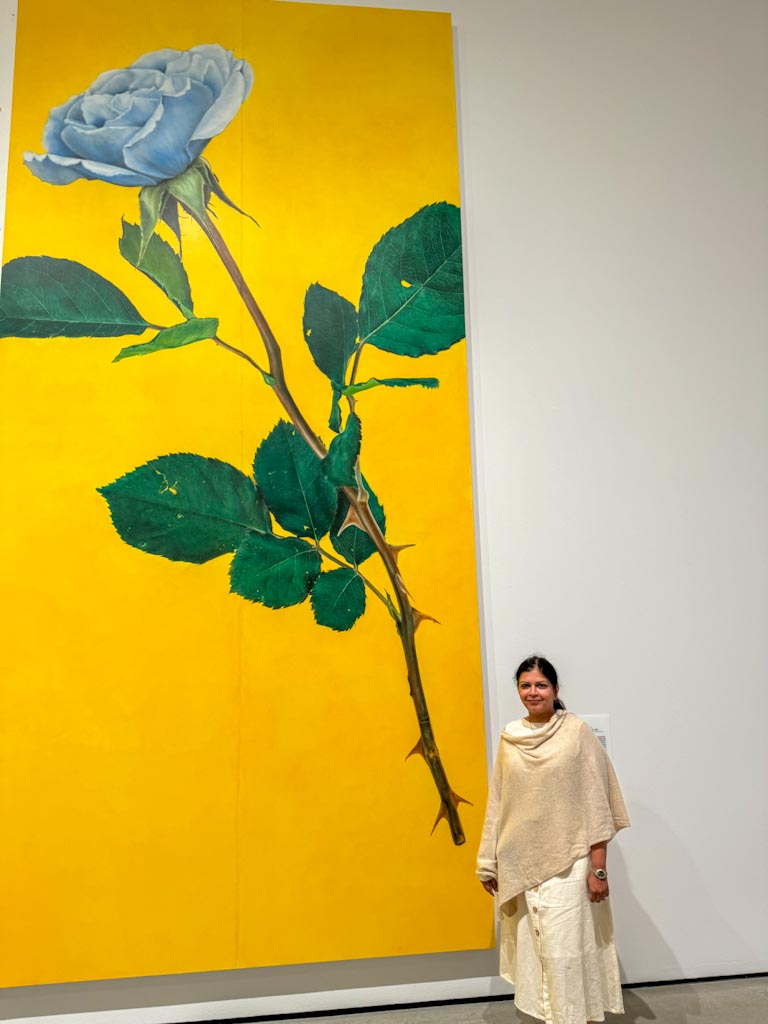
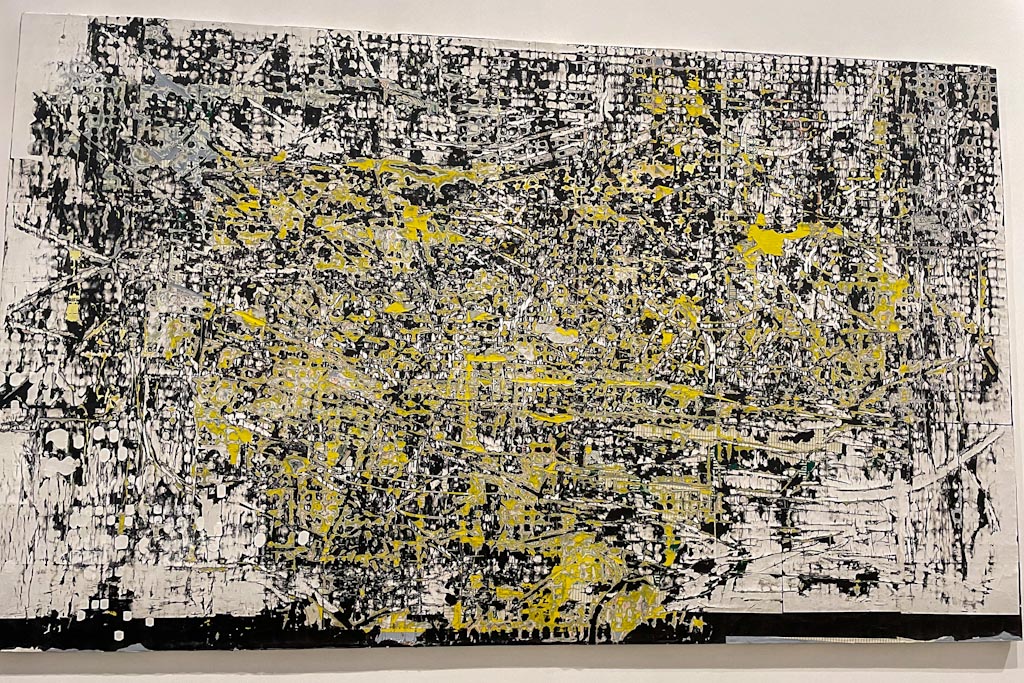
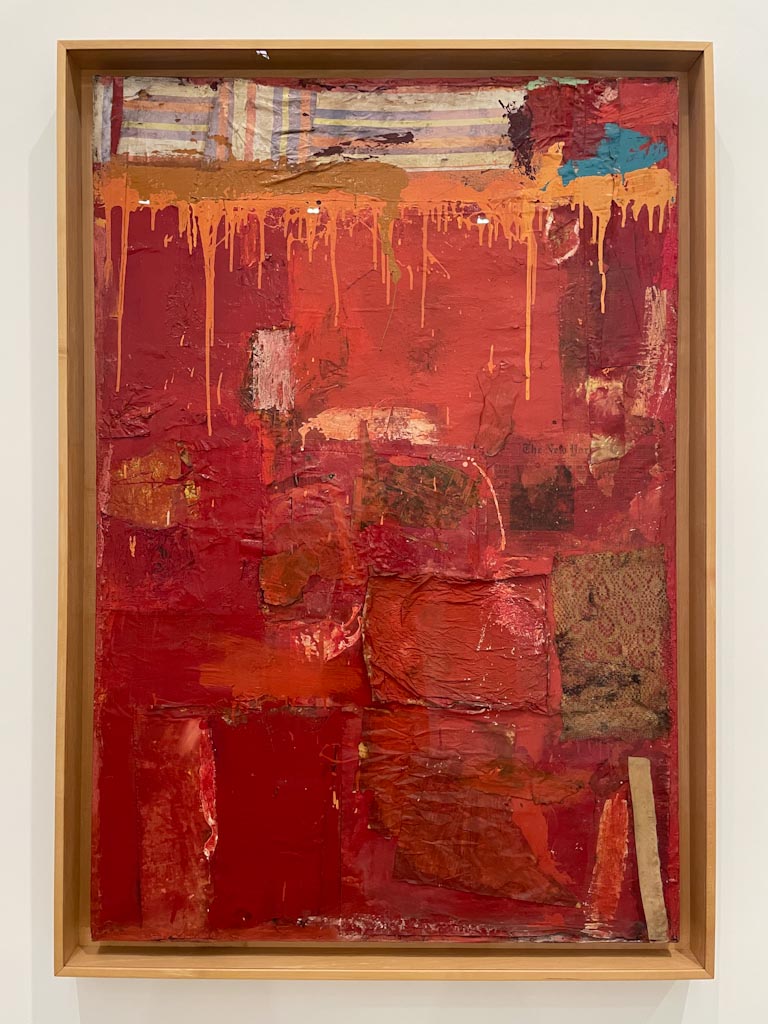
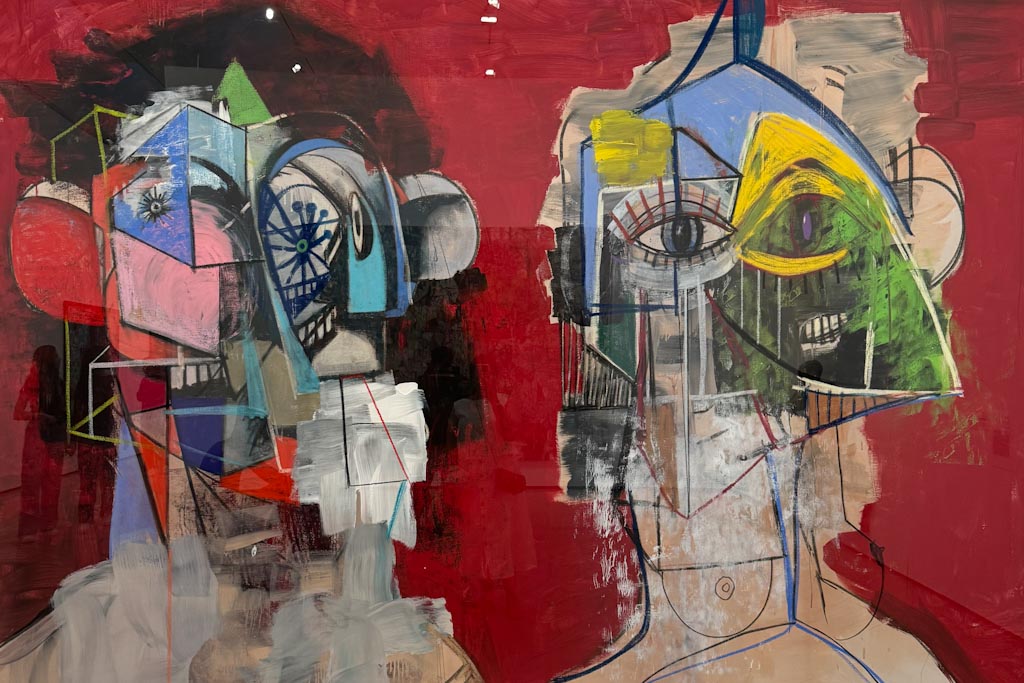
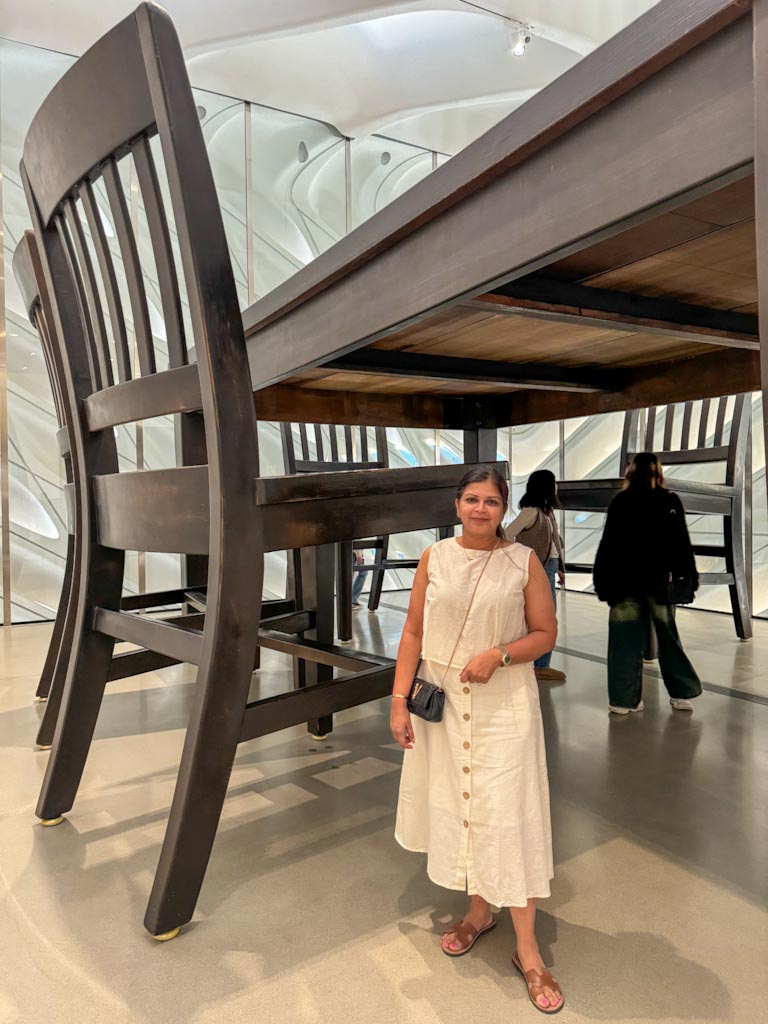
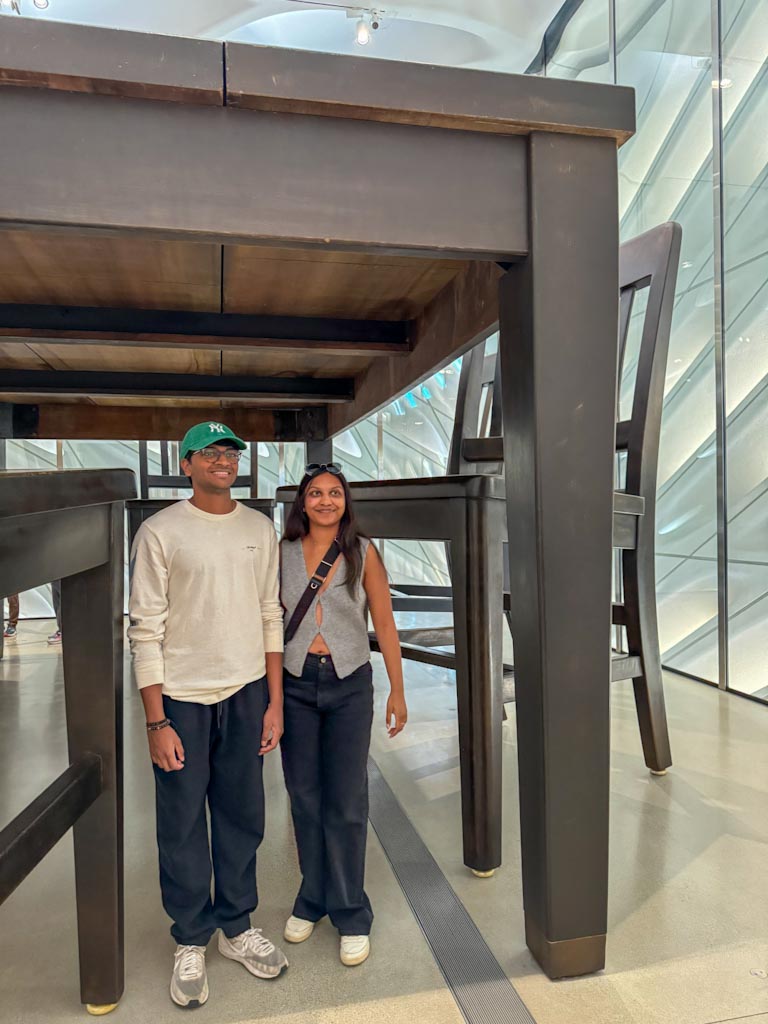
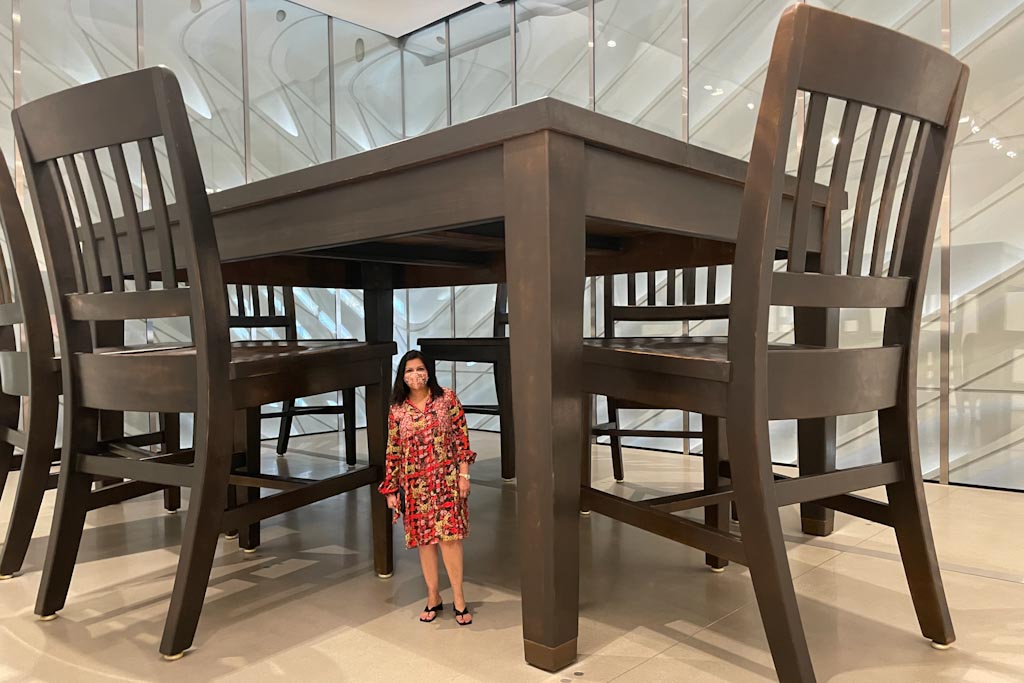
The Museum Design & the Vault
The museum building was designed by architects Diller Scofidio + Renfro in collaboration with Gensler and features a honeycomb-like facade and light filled galleries. Dubbed “the veil and the vault,” the museum’s design also merges the two key components: public exhibition space and collection storage. The Broad collection includes nearly 2,000 works of art, either on display, loan or in its vault.
Hovering midway in the building while a carved underside shapes the lobby below and a top surface is the exhibition space, the vault stores the portions of the collection that are not on display. You can see the storage holding on the way down the stairs. The vault is enveloped on all sides by the “veil,” an airy, honeycomb-like structure that spans across the block-long gallery and provides filtered natural daylight.
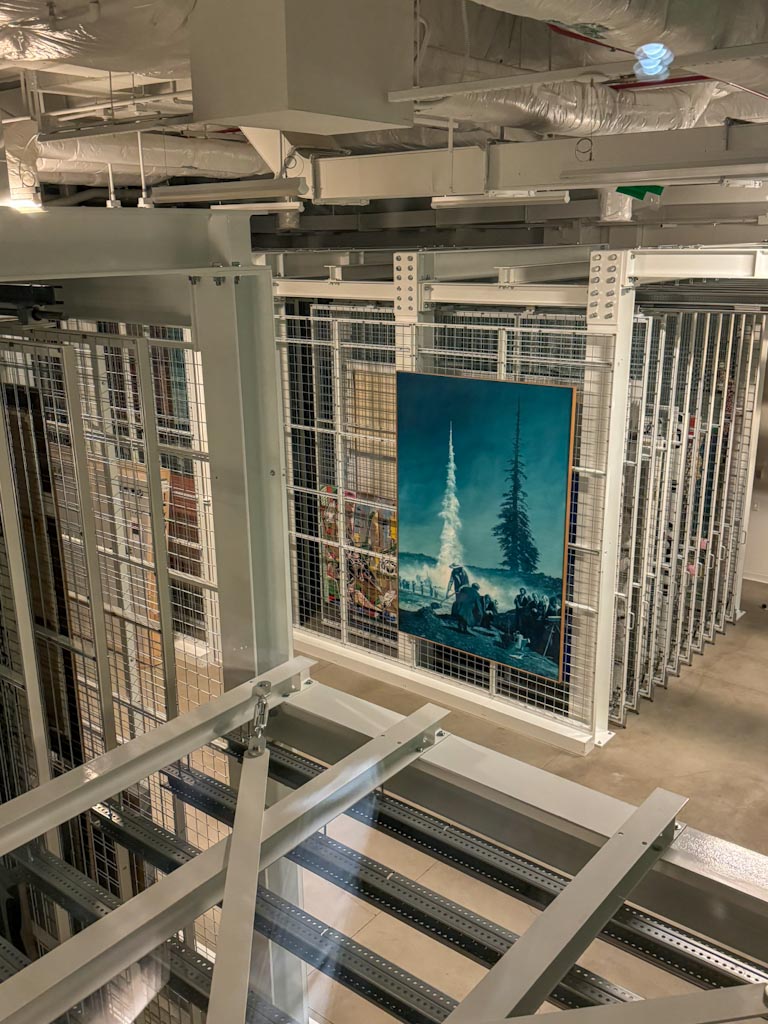
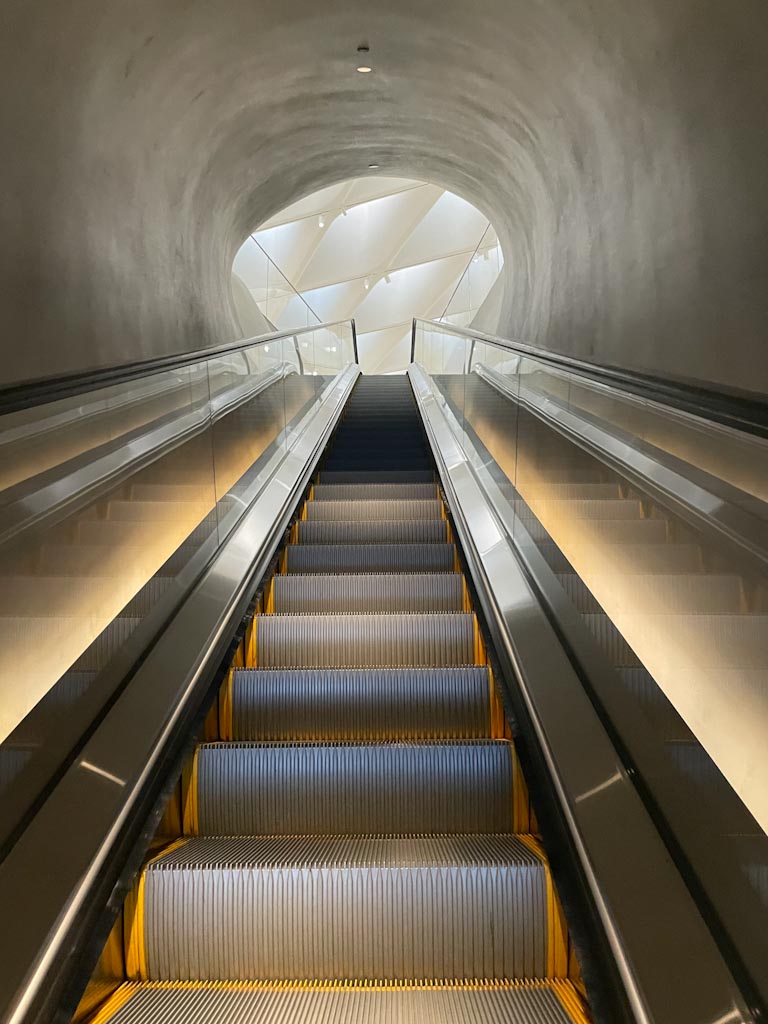
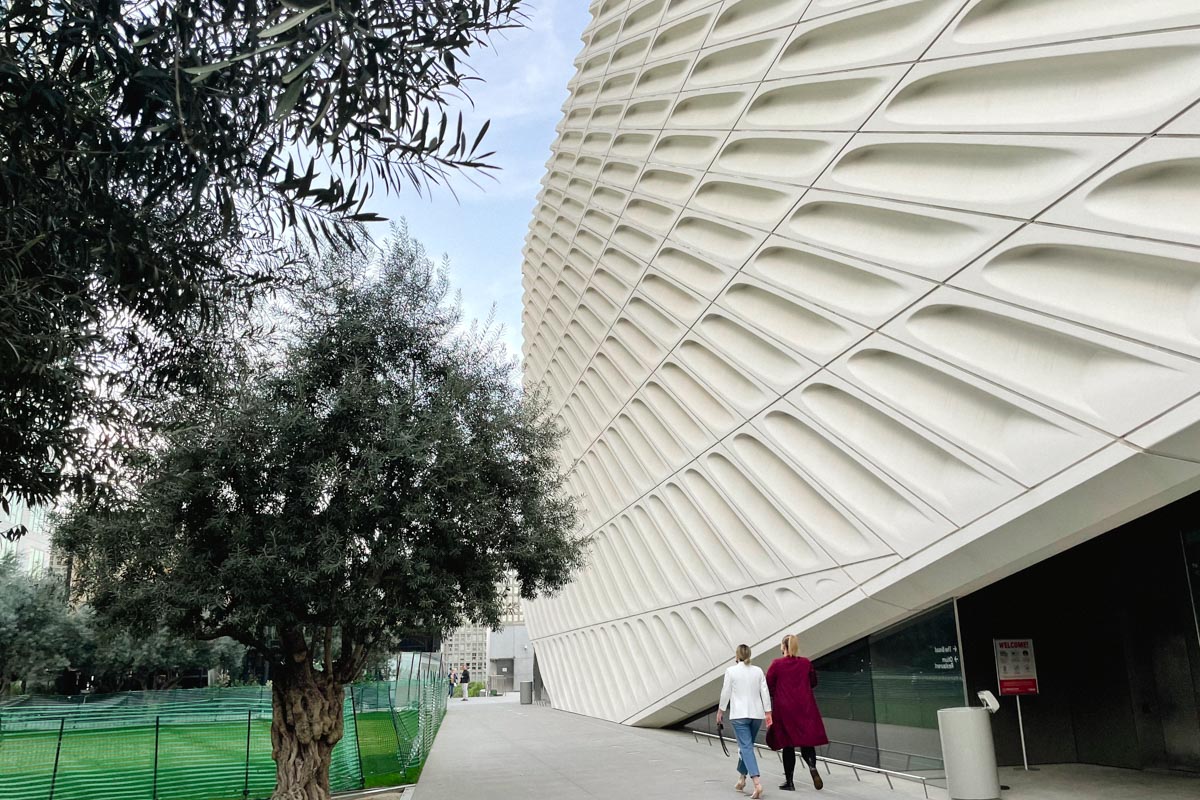
Roy Lichtenstein
Roy Lichtenstein was not only borrowing images from comic strips and commercials also borrowing from his heroes. The process of borrowing, updating, and (hopefully) outdoing has always been a strong tradition in art. Pablo Picasso borrowed from everyone, including the theme from Eugène Delacroix’s 1834 painting Women of Algiers in Their Apartment, which Lichtenstein appropriates along with a grid of primary colors à la Piet Mondrian.
The women in Delacroix’s painting represent a male fantasy: a harem of women lounging around, waiting. Picasso, in his series from the mid-1950s, further scandalizes the theme. Here, however, Lichtenstein turns the salaciousness in on itself. The woman is a series of fragmented parts, jagged and angular; she is one with the architecture of her space, her birdlike face repels the gaze rather than returns it.
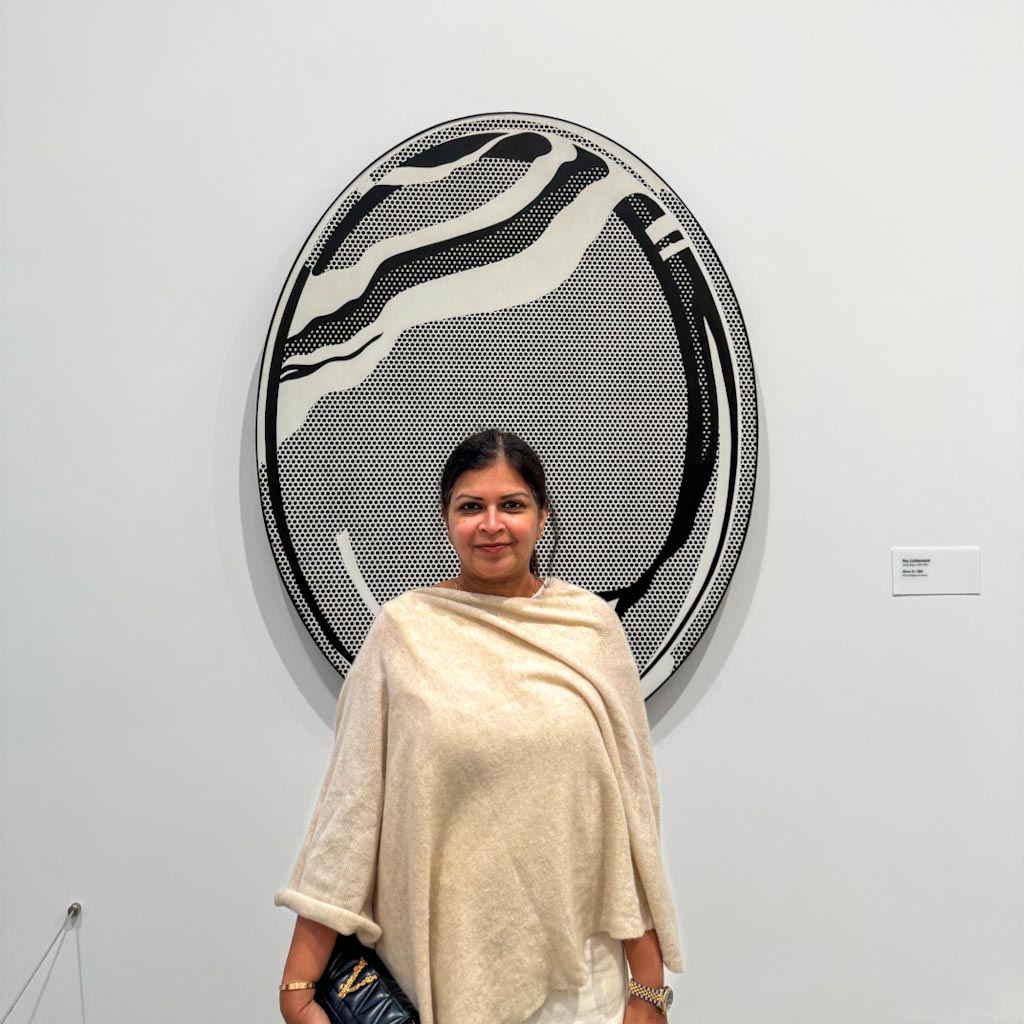

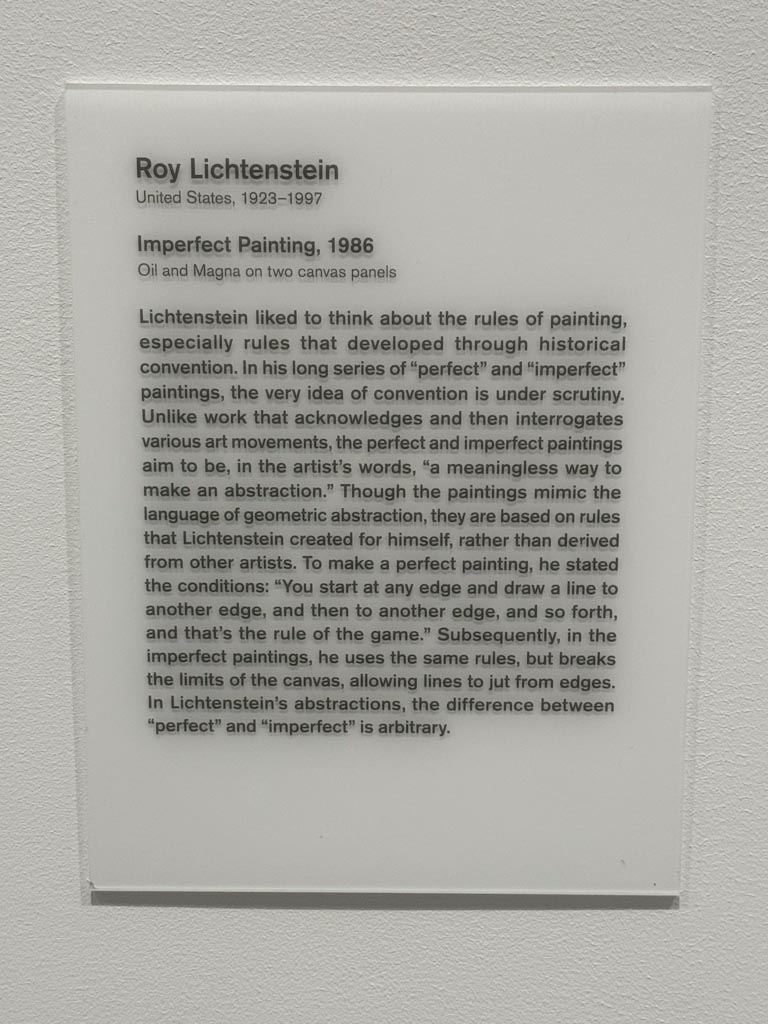
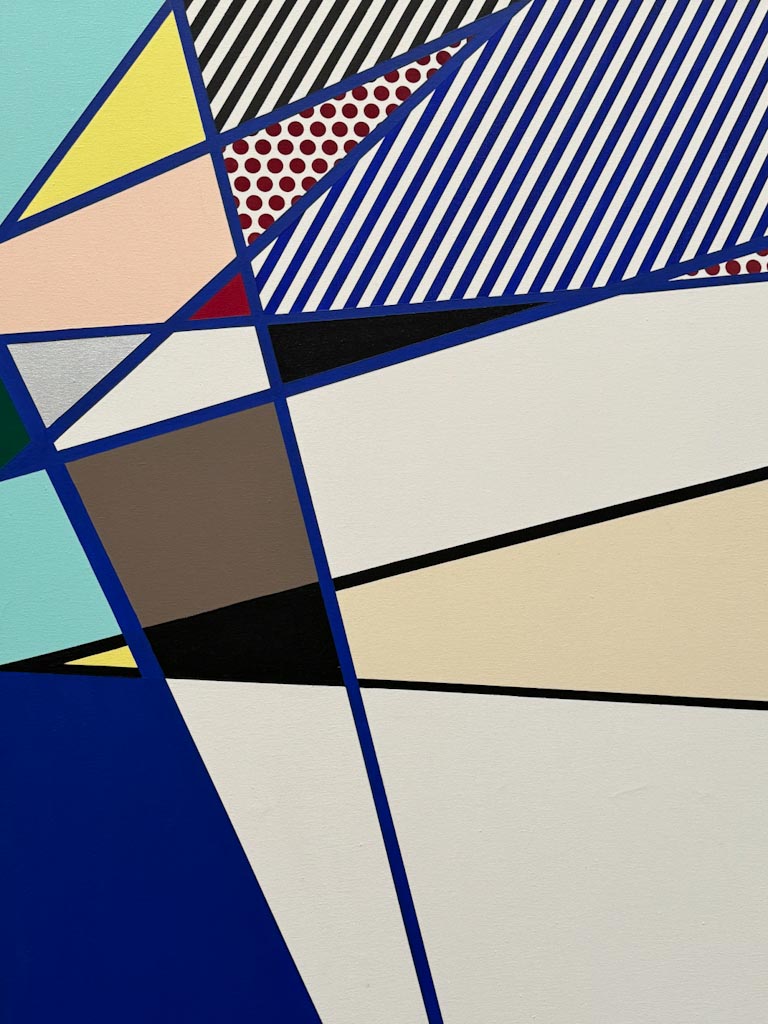
Perfect Painting, Roy Lichtenstein
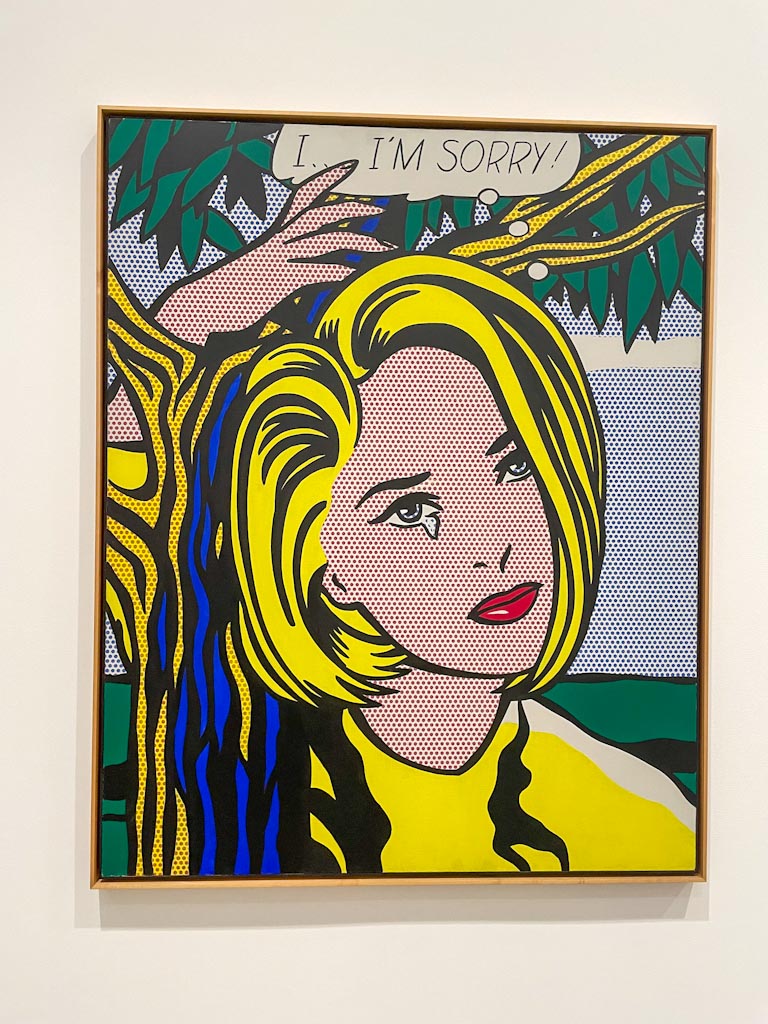
My favorite is the I…I’m Sorry! a portrait of Eve as a modern-day woman. Lichtenstein renders her apology unclear, revealing layers of interpretation: Is she apologizing for eating the forbidden fruit from the tree? Is she breaking our hearts? Is she sincere with her stammering words? Her simplified features belie the nuanced complexities of her declaration.
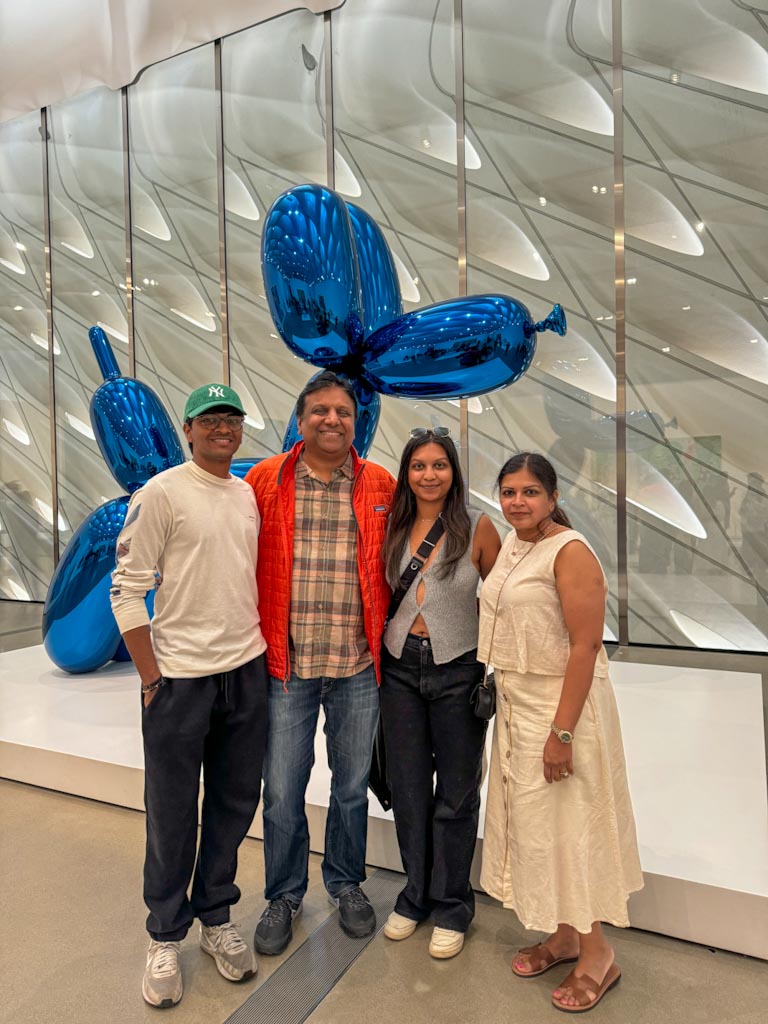
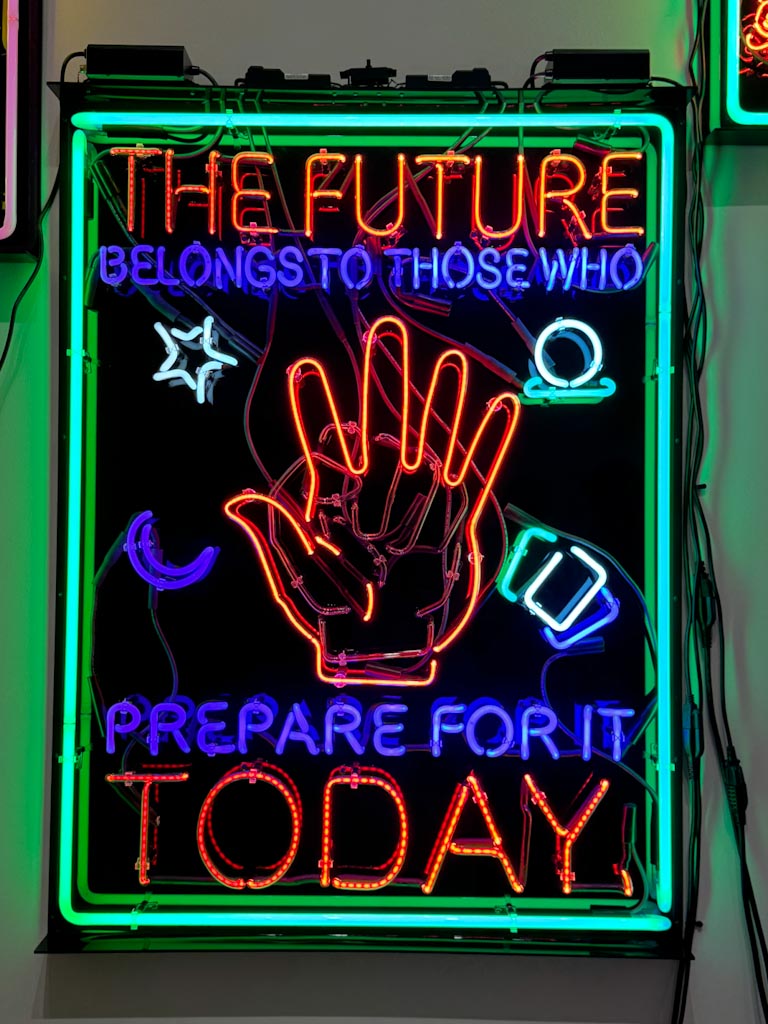
Note: This post may contain affiliate links, partnership or sponsored content. If you purchase an item via one of these links, we may receive a small commission at no extra charge to you. But as always images and opinions are our own. For more information on our affiliates and privacy policy at Outside Suburbia see here.
CONNECT WITH US


































